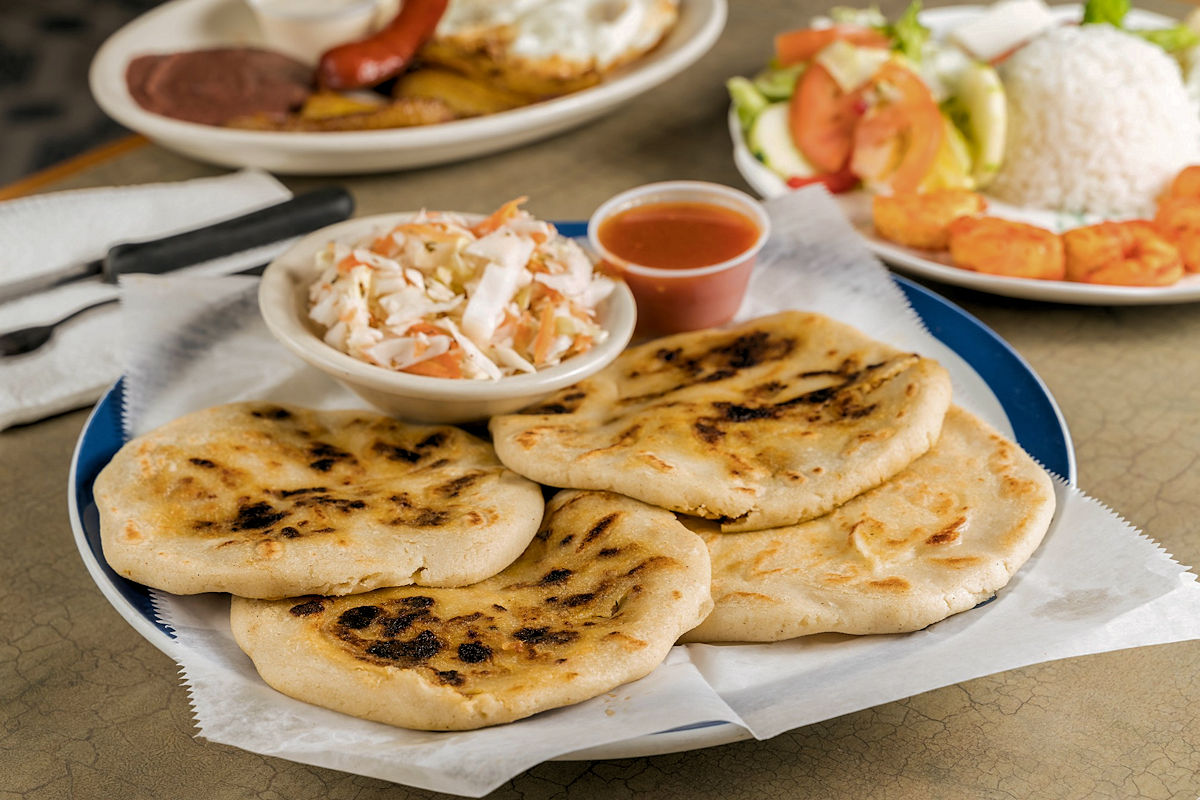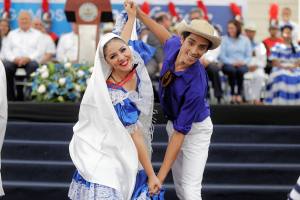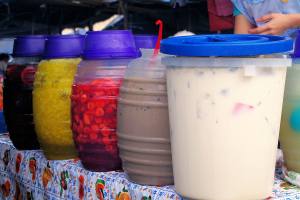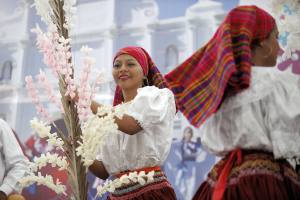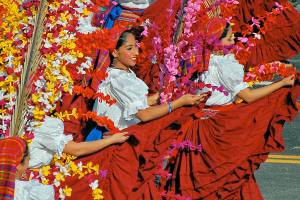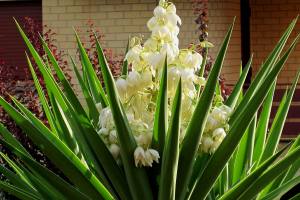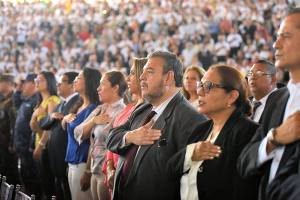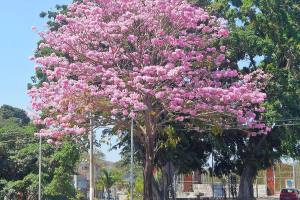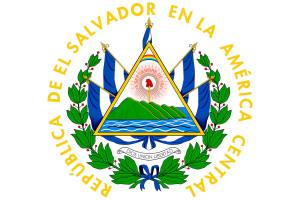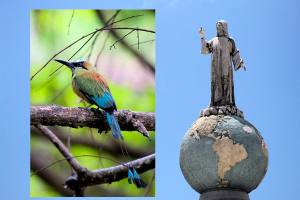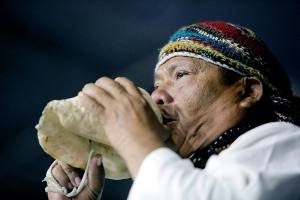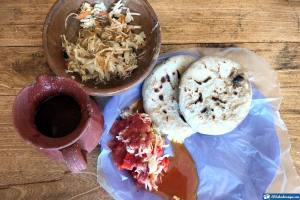El Salvador is a country that stands out for the kindness of its people, its landscapes, its customs, traditions, and history. All of this is represented in its patriotic symbols that, by far, are clear evidence of nationalism, noble spirit, and struggle for freedom.
A legacy left by their ancestors and that today, they are the pride of the nation. And how could they not be! If each one speaks for itself of work, dedication, and development. Characteristics generated a historical change to exalt the origins of such a great nation.

PATRIOTIC SYMBOLS OF EL SALVADOR. Original photo by _Tempus_. Envato. Edition ElSalvadorViajar.
Patriotic symbols of El Salvador
Suppose you want to know El Salvador and a significant part of its history, nothing better than to start with its national symbols. Through them, you will understand why it is a country that does not stop and has always been a fighter with a great thirst to show its roots to the world.
Without further ado, come and get to know El Salvador’s patriotic symbols and their meaning.
1. National Flag
The National Flag of El Salvador stands out among all the patriotic symbols. According to historical data, between 1865 and 1877, it was similar to the flag of the United States. The official and current adaptations were made on May 17, 1912, by the mandate of the then president, Manuel Enrique Araujo.
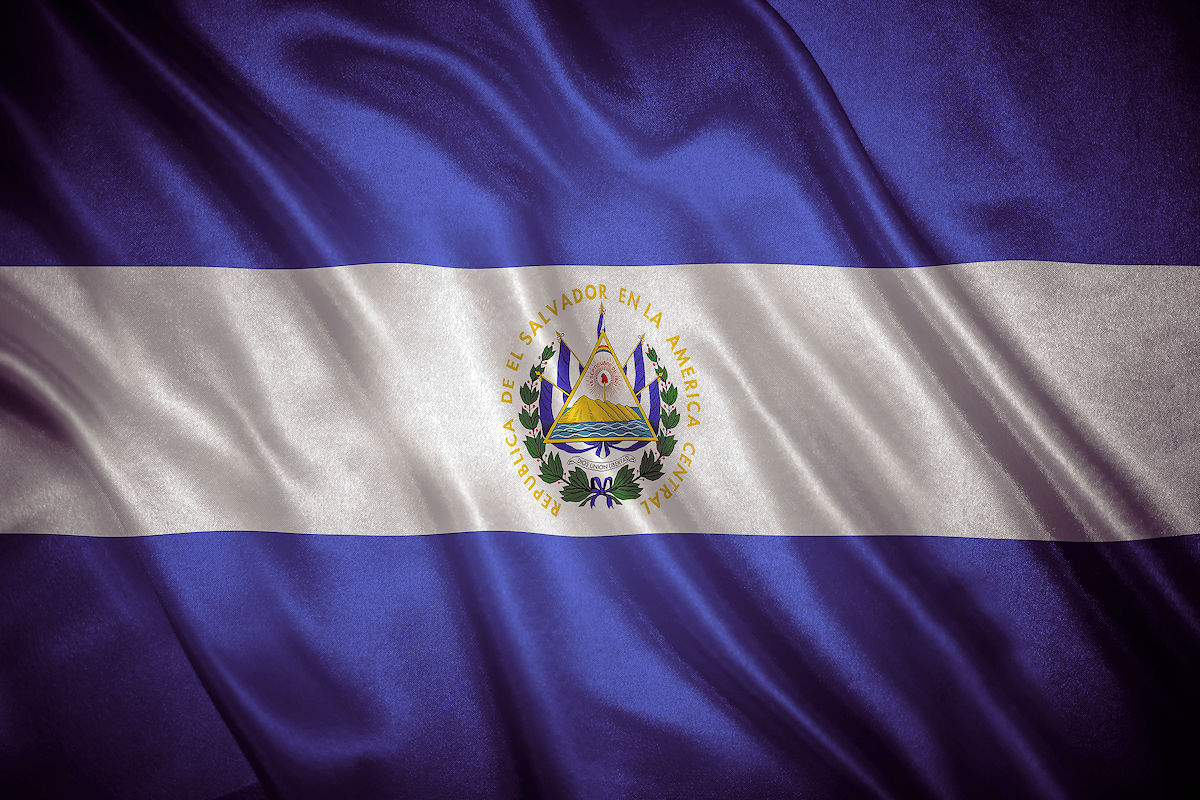
It is composed of two cobalt blue stripes representing the blue sky covering the Salvadoran territory and the Atlantic and Pacific oceans. A white line in the middle symbolizes the peace and harmony of coexistence that characterizes the nation.
2. Prayer to the Flag of El Salvador
The Prayer to the Flag was written in 1916 by Dr. David Joaquín Guzmán. In 2001 it became part of the group of El Salvador patriotic symbols by the National Assembly decree.
It represents the enthusiasm and pride of all the people. To such an extent, their flag is recited in civic and school events throughout the country.
Prayer to the Salvadoran flag:
Dios te salve, Patria Sagrada,
en tu seno hemos nacido y amado ,eres el aire que respiramos,
la tierra que nos sustenta,
la familia que amamos,
la libertad que nos defiende,
la religión que nos consuela.Tú tienes nuestros hogares queridos,
fértiles campiñas,
ríos majestuosos,
soberbios volcanes,
apacibles lagos,
cielos de púrpura y oro.En tus campos ondulan doradas espigas,
en tus talleres vibran los motores,
chisporrotean los yunques,
surgen las bellezas del arte.Patria,
en tu lengua armoniosa
pedimos a la Providencia que te ampare,
que abra nuestra alma al resplandor del cielo,
grabe en ella dulce afecto al Maestro y a la Escuela
y nos infunda tu santo amor.Patria,
tu historia,
blasón de héroes y mártires,
reseña virtudes y anhelos;
tú reverencias el Acta que consagró la soberanía nacional
y marcas la senda florida
en que la Justicia y la Libertad nos lleven hacia Dios.¡Bandera de la Patria,
símbolo sagrado de El Salvador,
te saludan reverentes las nuevas generaciones!Para ti el sol vivificante de nuestras glorias,
los himnos del patriotismo,
los laureles de los héroes.
Para ti el respeto de los pueblos
y la corona de amor
que hoy ceñimos a tus inmortales sienes.
3. National Coat of Arms
Created the National Coat of Arms of El Salvador with the National Flag, so both were decreed patriotic symbols on May 17, 1912.
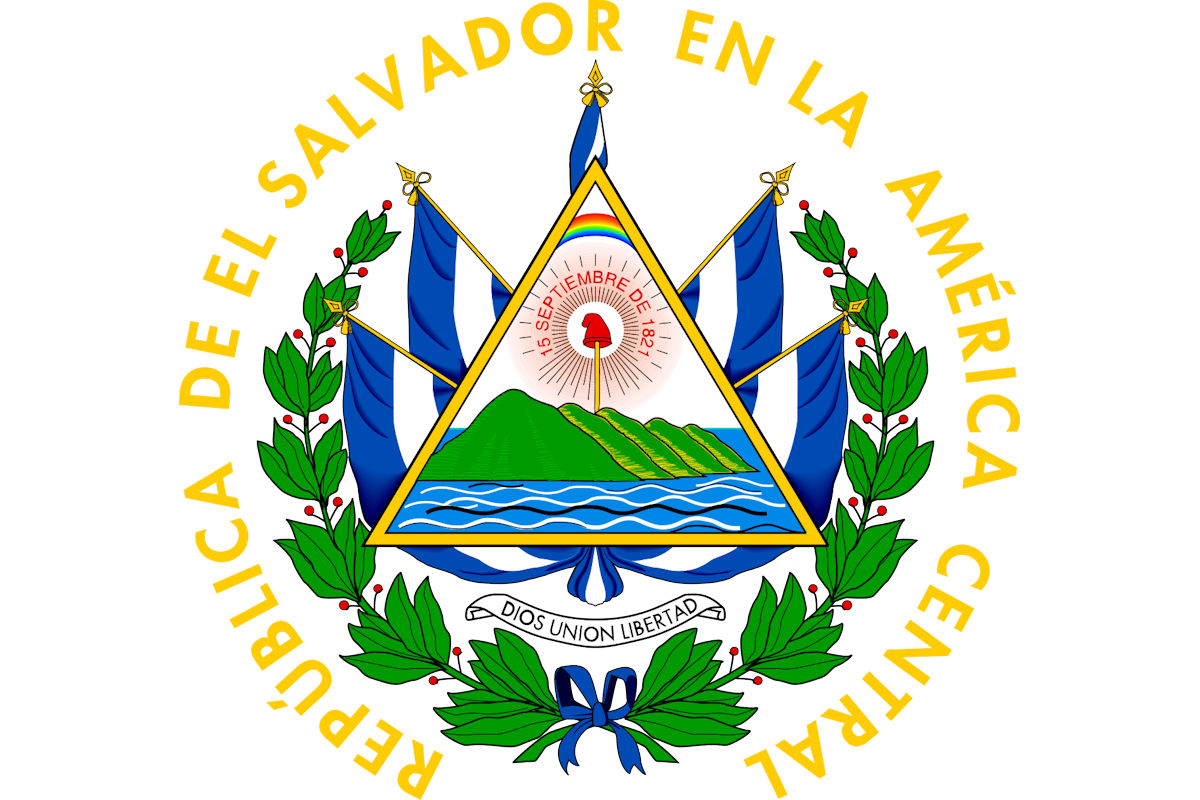
Rafael Barraza Rodríguez made the design. The meaning of elements that compose it are:
- The triangle: represent the Executive, Legislative, and Judicial Power of El Salvador.
- The five mountains represent the volcanoes belonging to the nations of the isthmus, nature, and the Salvadoran volcanic soil.
- The seas: this represents the Pacific Ocean and the Atlantic Ocean.
- The rainbow and the sky: represent peace.
- The cap: represents the proclamation of freedom and the people’s ideals.
- Indigenous spears: represent the Independence of Central America.
- Laurel branches: composed of a ribbon of the colors of the flag and 14 segments to refer to the Departments of El Salvador.
- Legends: each legend references idiosyncrasy, nationalism, and pride. One commemorates the Central American Independence, the next one carries the name of the Republic, and the last one is for the values of the nation, which are: God, Union, and Liberty.
4. National Anthem
Composed by General Juan José Cañas and music by Juan Aberle, the National Anthem of El Salvador was presented for the first time on September 15, 1879. However, it was not until November 1953 that it became part of the group of patriotic symbols of El Salvador.
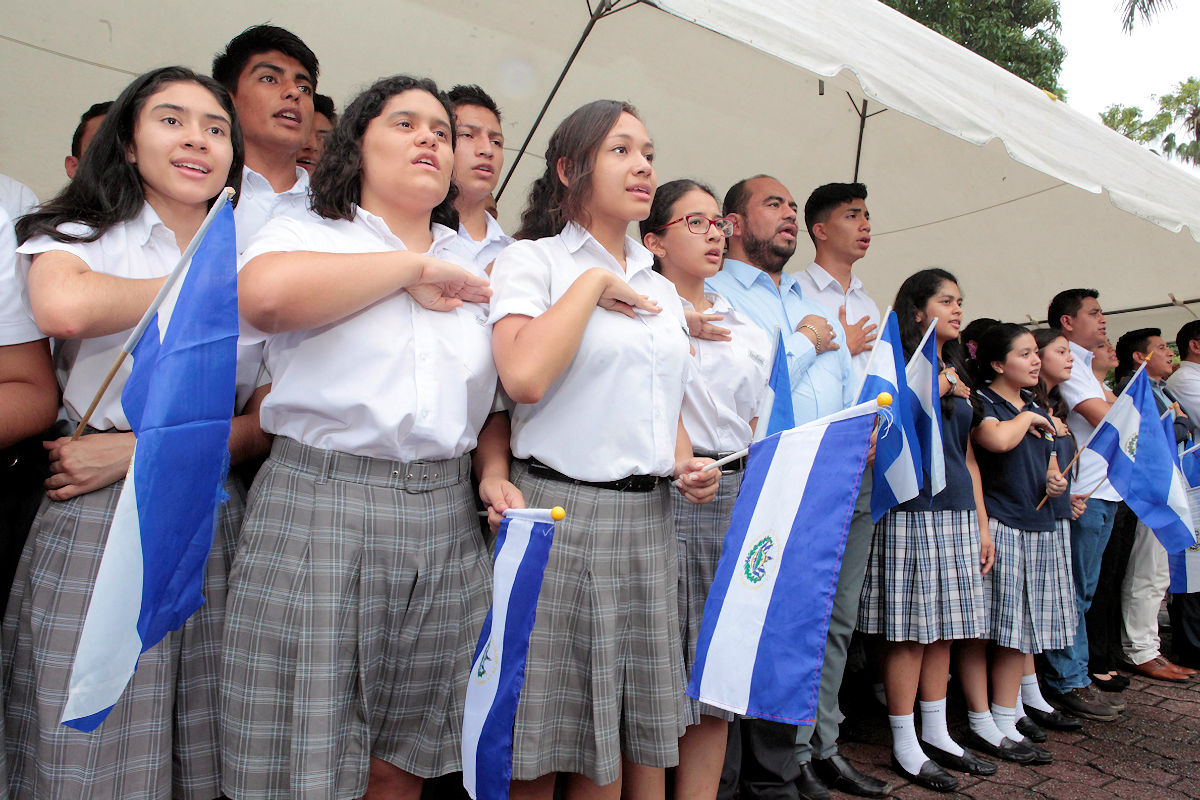
It is composed of a chorus and three stanzas that reflect the people’s patriotic feelings.
Chorus: it is a salute to the homeland. Accompanied by the oath in favor of the defense of life and its welfare.
I stanza: it refers to the most perennial dream of the people, emphasizing peace, freedom, and a prosperous future.
II stanza: refers to the people’s tireless struggle to achieve freedom and how important it is to make it known. In short, a reminder of the struggle of their ancestors.
III stanza: it gathers all the Salvadoran spirit that represents respect for the ideals of others. The essential base is the values that fill with joy and are the way to peace.
National Anthem of El Salvador (complete)
Chorus:
Saludemos la patria orgullosos
De hijos suyos podernos llamar;
Y juremos la vida animosos,
Sin descanso a su bien consagrar.I stanza:
De la paz en la dicha suprema,
Siempre noble soñó El Salvador;
Fue obtenerla su eterno problema,
Conservarla es su gloria mayor.Y con fe inquebrantable el camino
Del progreso se afana en seguir
Por llenar su grandioso destino,
Conquistarse un feliz porvenir.Le protege una férrea barrera
Contra el choque de ruin deslealtad,
Desde el día que en su alta bandera
Con su sangre escribió: ¡LIBERTAD!II stanza:
Libertad es su dogma, es su guía
Que mil veces logró defender;
Y otras tantas, de audaz tiranía
Rechazar el odioso poder.Dolorosa y sangrienta es su historia,
Pero excelsa y brillante a la vez;
Manantial de legítima gloria,
Gran lección de espartana altivez.No desmaya en su innata bravura,
En cada hombre hay un héroe inmortal
Que sabrá mantenerse a la altura
De su antiguo valor proverbial.III stanza:
Todos son abnegados, y fieles
Al prestigio del bélico ardor
Con que siempre segaron laureles
De la patria salvando el honor.Respetar los derechos extraños
Y apoyarse en la recta razón
Es para ella, sin torpes amaños
Su invariable, más firme ambición.Y en seguir esta línea se aferra
Dedicando su esfuerzo tenaz,
En hacer cruda guerra a la guerra:
Su ventura se encuentra en la paz.
5. National Bird: The Torogoz
The Torogoz represents the union of the family, given its behavior within its habitat. As part of its attributes, its colors, plumage, and colorful tail stand out. It is one of the protected species of El Salvador and was declared a National Bird on October 21, 1999.
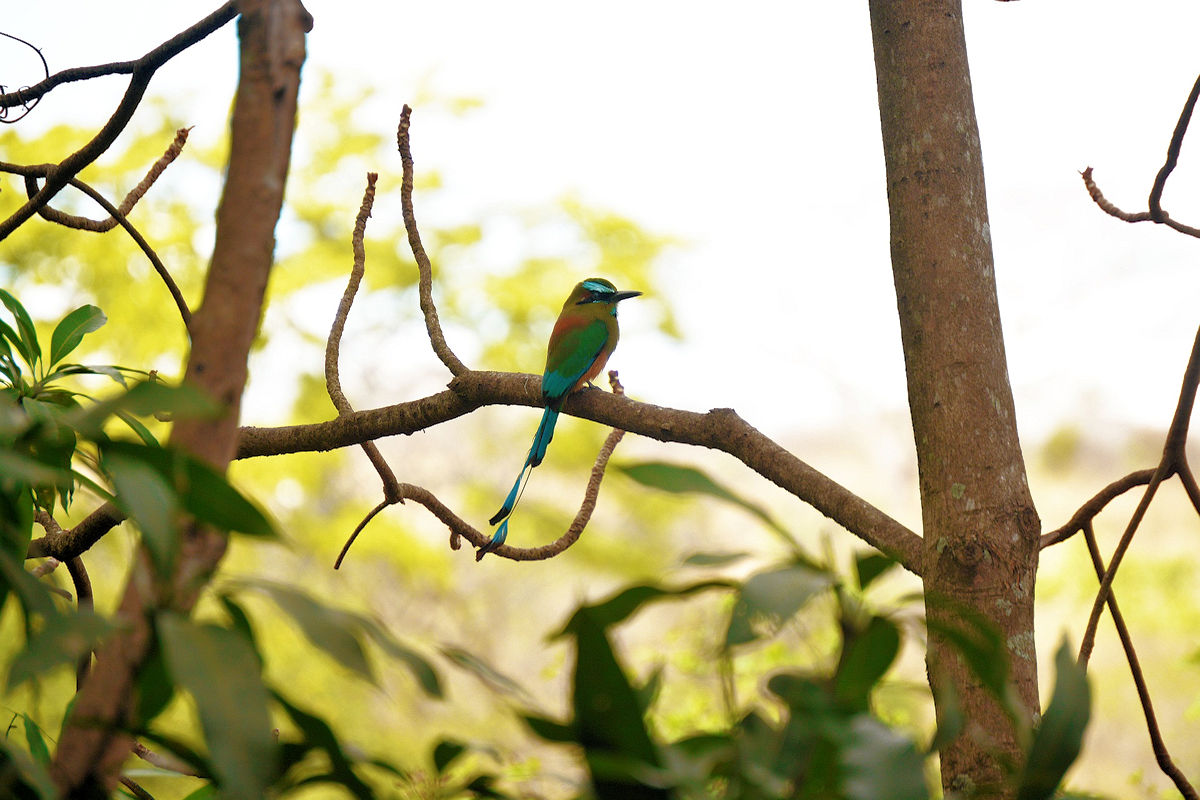
6. National Tree: Maquilishuat and Balsam Tree
The Maquilishuat and the Balsamo are the National Trees of El Salvador; both represent the incredible biodiversity that abounds in the country. Their inclusion in the national symbols took place on September 1, 1939.
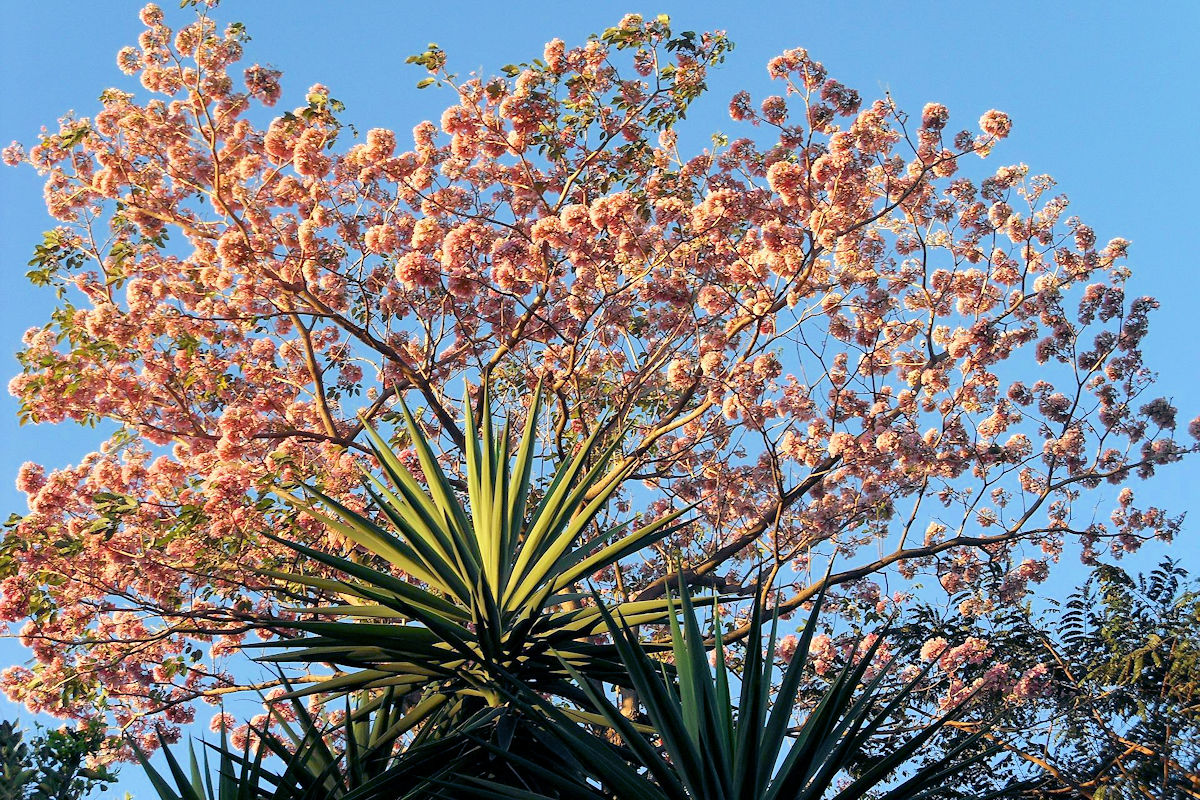
The Maquilishuat stands out for its pink flowers and unparalleled lushness and can reach 15 m in height. While Balsam, whose size varies between 15 and 25 m, has been used since pre-Columbian times for stomach ailments and as a healing agent.
In addition to this, the Balsam is an essential reference for the department of La Libertad. Since in a significant part of the region, it grows naturally. Such is the case of Comasagua, located right in the mountain range that bears the same name.
7. National Flower: Izote
Among the national symbols is the Izote flower, a bush of incredible beauty that stands out as one of the most important species of Salvadoran flora. Although it was officially declared as the National Flower of El Salvador on December 21, 1995, many years before, it had already received this distinction from the people.
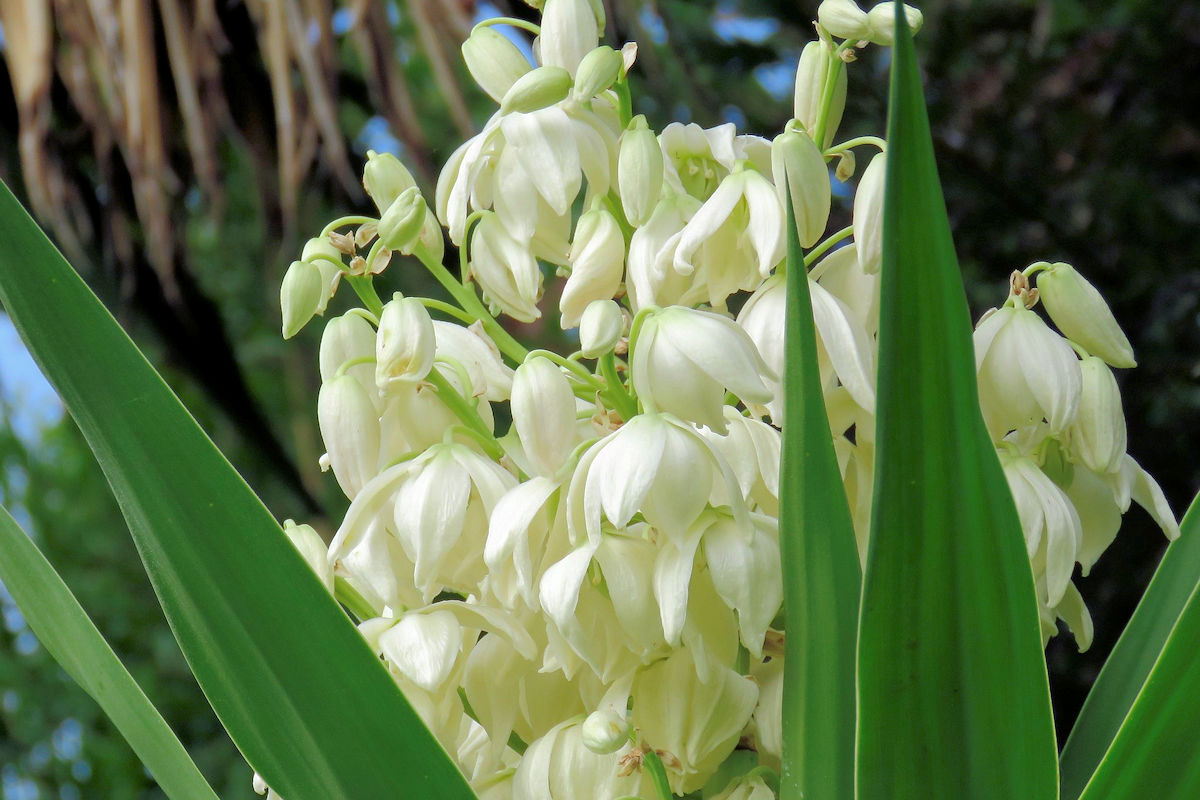
It is because the indigenous peoples used it as food. We are talking about an ancestral legacy that represents the origins, identity, and traditions still in force.
8. Typical Food: Pupusas
Certainly, Salvadoran gastronomy is rich and abundant, but Pupusas stand out among all the recipes that are part of the typical food. In fact, in 2005, the Legislative Assembly declared the second Sunday of November as National Pupusas Day.
However, although it does not officially belong to the national symbols, it is part of everything that exalts the identity of El Salvador and its inhabitants. In short, the most representative dish and the most requested by national and foreign tourists.
